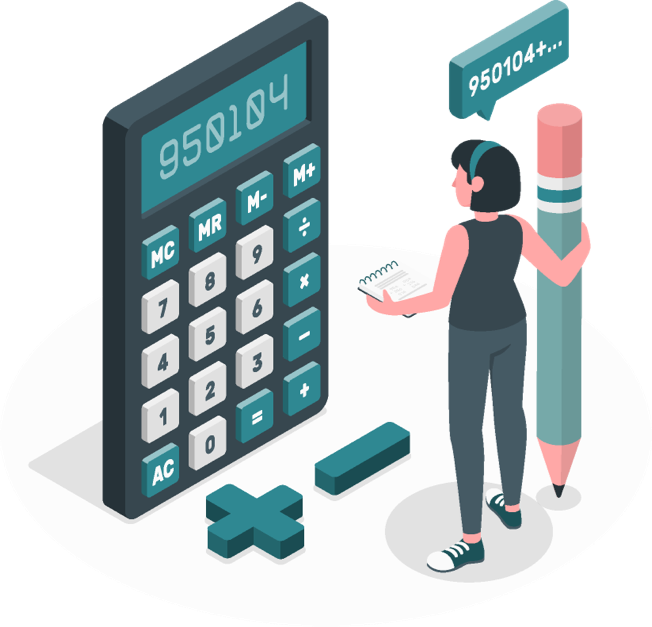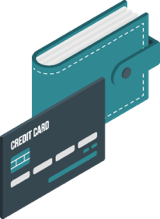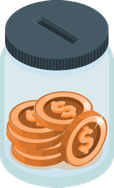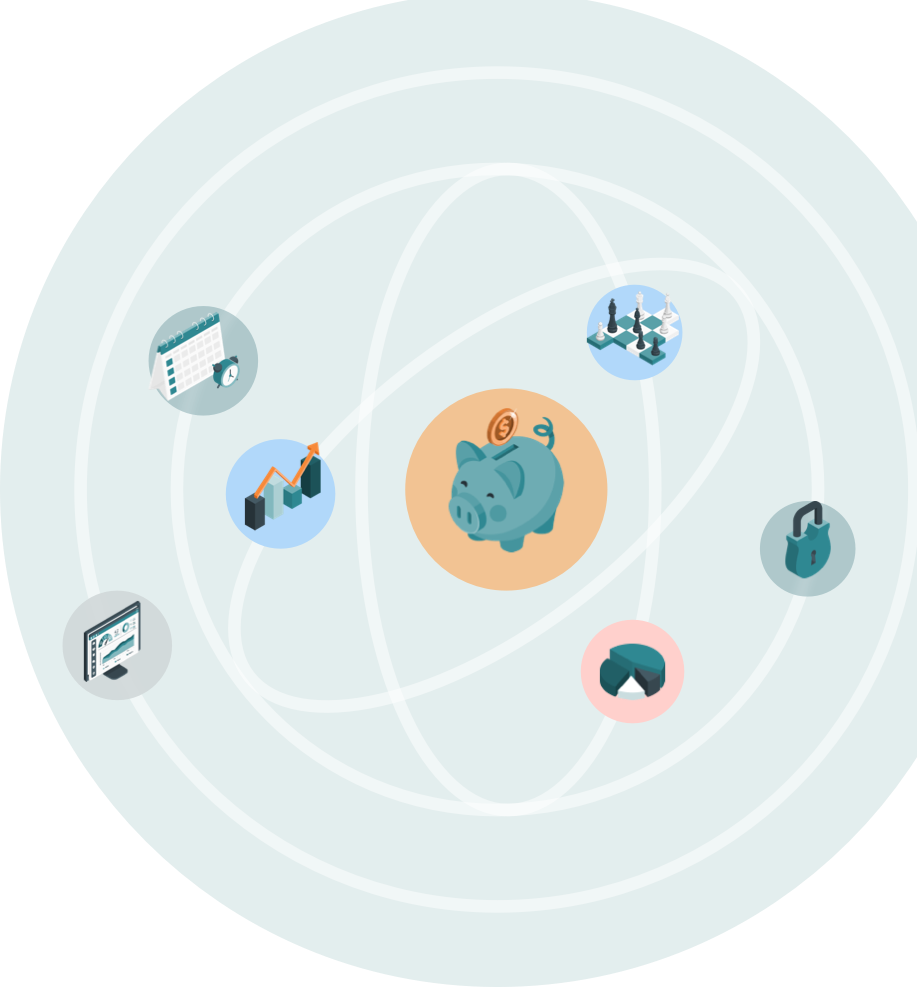We often talk about early retirement. But what about retiring later? Many people choose to continue working beyond the traditional retirement age, or they separate from employment but wait to start collecting retirement income. Whether you’re delaying for personal, financial or healthcare reasons, let’s explore how this timing affects your benefit.
Why some people delay retirement
There are many reasons employees choose to keep working past their first eligibility date. Some want to build more savings or earn additional service credit. Others simply enjoy their work or want to maintain employer-provided healthcare coverage, especially if a spouse isn’t yet eligible for Medicare.
Every situation is unique, and delaying retirement isn’t necessarily good or bad. It just depends on your goals. The key is knowing what happens to your retirement income sources when you wait.
Pension vs. Social Security: how they differ
A common misconception is that a DRS pension works like Social Security, where delaying payments can increase your monthly benefit. That’s not the case. Once you’ve separated from employment and are age 65 or older, there’s no monetary advantage to delaying your pension. Your benefit is based on your service credit and Average Final Compensation (AFC) at the time you separate, not the date you apply for retirement. For some DRS plans, normal retirement is before age 65. Review your plan page for individual retirement requirements.
In summary, if you’re already eligible and no longer working, your pension amount won’t continue to grow while you wait to start it.
What happens when you delay retirement
If you’ve separated from service and haven’t yet applied for retirement, your account remains inactive with DRS. You can apply for your pension at any time once you reach the eligible age. However, your benefit will be calculated using your service and salary information as of your separation date.
For those still working and earning service credit, each additional month adds credit toward your benefit formula. But once you’ve stopped working, the value is fixed.
Plan 3 and LEOFF 2 members: If you have at least 20 years of service credit when you leave employment and do not start to receive your pension, it will automatically increase by about 3% for each year you delay receiving it up to your normal retirement age. This is called benefit indexing and is exclusive to Plan 3 and LEOFF 2.
Retroactive retirement
If you’re eligible and apply for retirement later, you could have a retroactive retirement date. This means your pension could start from the first eligible date, and you’d receive a lump-sum payment for the months you delayed. You need to be separated from your DRS-covered employer during the delayed months. Contact DRS for assistance.
Important tax and income consideration: If you are paid retroactively, the lump sum amount will apply to your annual taxable income for that year. This can be a considerable amount of federal tax if you delay the pension for an extended time. Also consider impacts to your Social Security and other income-based programs.
Can I separate early, delay retirement, and still enroll in PEBB retiree healthcare?
Yes, if you’re in PERS, SERS or TRS Plan 2 or 3 and meet the age and service requirements for an early retirement (age 55 or older with the years of service credit needed) at the time of separation, you can delay receiving your retirement benefit and still be eligible for PEBB retiree coverage. Because DRS does not administer healthcare, we are unable to assist with healthcare questions or accounts. Visit the PEBB retiree section of the Health Care Authority (HCA) website for more information.
Can I time the withdrawals for different parts of my retirement?
Short answer? Yes. If you have multiple retirement income sources, you can choose when to receive these funds. For example, let’s say a Plan 3 member in TRS also has a Deferred Compensation Program (DCP) account through DRS. They could choose to collect their pension retirement from TRS 3 at a different time from their investment contribution account funds in TRS 3. They could also choose to withdraw DCP funds at an earlier or later date. Many people use supplemental retirement income accounts like DCP to separate early and delay pension retirement, or to span any income gaps before collecting Social Security.
If you’ve joined multiple types of DRS-covered systems (PERS, SERS, TRS, LEOFF, PSERS, WSPRS) see information for dual members.
Returning to work after retirement
Some retirees decide to return to work. Depending on your plan and the type of job, you may be able to work while continuing to collect your pension. Or you may need to suspend it temporarily. DRS provides specific guidelines on “retiree return to work” rules for each plan, so it’s worth reviewing those details if you’re considering post-retirement employment. More about returning to work.
The bottom line
Delaying retirement is a personal choice, and sometimes a practical one. But when it comes to your pension, it’s important to know the facts. Once you’ve separated from employment and reached full retirement age for your plan, your pension benefit doesn’t increase just because you wait.
If you’re unsure what’s best for your situation, consider using the benefit estimator from your online account to create multiple estimate scenarios. If you’re within a year of retirement, you can contact DRS for a benefit estimate or to discuss your options. Knowing how timing affects your pension can help you make the most of your retirement years, whenever you decide to start them.
Next steps
Visit your plan page to review age and service requirements for retirement.
Log into your DRS online account to review your years of service, estimate your pension income, or request an official benefit estimate to retire. While you’re there, check that your mailing address, personal email address and phone number are correct. This information is the only way DRS can contact you once you separate from employment.
Looking for steps to retire? Visit the retiring section.





 15
15
 945K
945K
 $8.1B
$8.1B
 $197B
$197B










